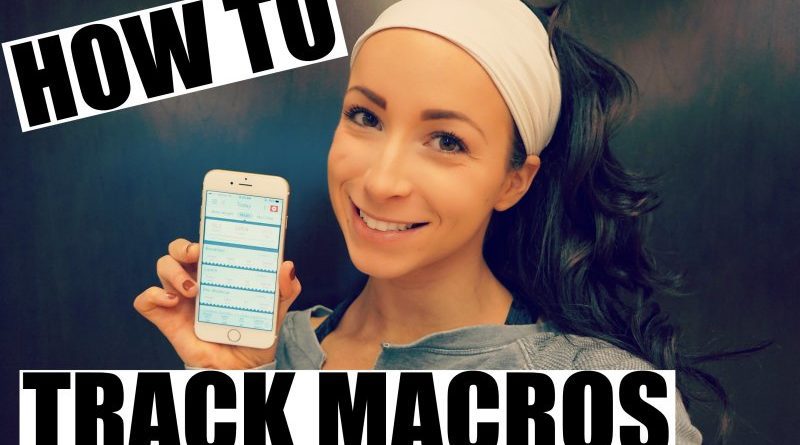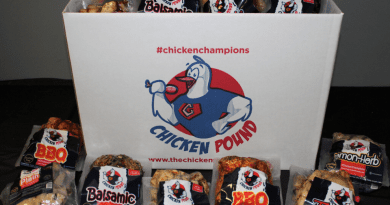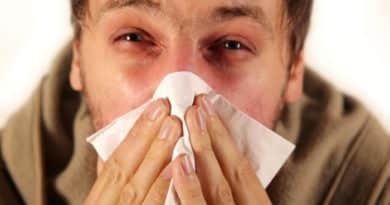Can You Track Macros by Taking Photos for Instagram?
It seems like competitors and those trying to lose weight all have one thing in common—they’re posting images of their meals on social media. More specifically, on Instagram. I sat back and thought about this for a while and I’m truly torn on the subject. I can see the good as well as the bad in doing such. Are you someone who’s doing this? Want my take on it? Let’s discuss if you can track macros by taking photos for Instagram.
Track Macros — The Good
As I scroll through my Instagram account (which by the way, if you aren’t following Weik Fitness, you’re missing out), I notice plate after plate with food on it. Cool, you’re interested in capturing unique dishes that you ordered. Then I come to find out it has nothing to do with unique dishes and everything to do with weight loss goals. Interesting. So, I dug a little deeper.
For those who absolutely do not want to track macros in a journal or app on a phone, many instead have turned to social media to keep them accountable. They post each of their meals on Instagram so they have something to fall back on later in the day to see how much more they should be eating. This brings up a “bad” point that I’ll touch on later. But for them, this is a useful way to track macros from their meals for the day as well as get feedback from their peers and followers. They can scroll through their images and see how many times a week or month they cheated on their diet and ate donuts or whatever vice they have. It is a way for them to record everything and have images to fall back on later.

Research surprisingly agrees with these people that posting pictures is indeed helpful. One researcher mentioned, “The benefit of photos is that it’s more fun to do than taking out a booklet or typing hundreds of words of description in an app. Plus, it’s more socially appropriate for people who are trying to track their diets to snap a photo of their plate when they’re out with friends—everyone’s doing it and it doesn’t look weird. Maintenance becomes pretty boring for a lot of people because your quest to hit a goal has worn off. This made things more interesting and meaningful for people because after they got to their goal, they turned to thinking about how they could help others and stay accountable to people who were relying on them for support.”
Another researcher said, “When you only have one data point for a pizza or donut, it’s easy to rationalize that away as a special occasion. But when you see a whole tiled grid of them, you have to say to yourself, ‘Wait, I don’t actually have that many special days.’”
When Instagram users were questioned about utilizing this technique, one stated, “With Instagram, it helped me because I was taking a picture of it—It’s real and it does exist and it does count towards what I was eating. And then putting up a visual image of it really helped me stay honest.” Would you do this to track macros, though?
Some Instagram users mentioned that they have separate accounts which some other platforms do not allow, such as Facebook. One account on Instagram can be used for friends and family while the other is dedicated solely to taking photos of their meals and tracking their food to track macros. There are even groups and communities who come together to motivate each other and help each other stay on track. Many of them are using key hashtags to communicate with these groups such as #foodjournal and #fooddiary.
Click here to continue reading…


*Disclosure: This article may contain affiliate links or ads, which means we earn a small commission at no extra cost to you if you make a purchase through these links. These commissions help support the operation and maintenance of our website, allowing us to continue producing free valuable content. Your support is genuinely appreciated, whether you choose to use our links or not. Thank you for being a part of our community and enjoying our content.
PLEASE CONSIDER SHARING THIS ON YOUR SOCIAL MEDIA TO HELP OTHERS LEARN MORE ABOUT THIS TOPIC.





